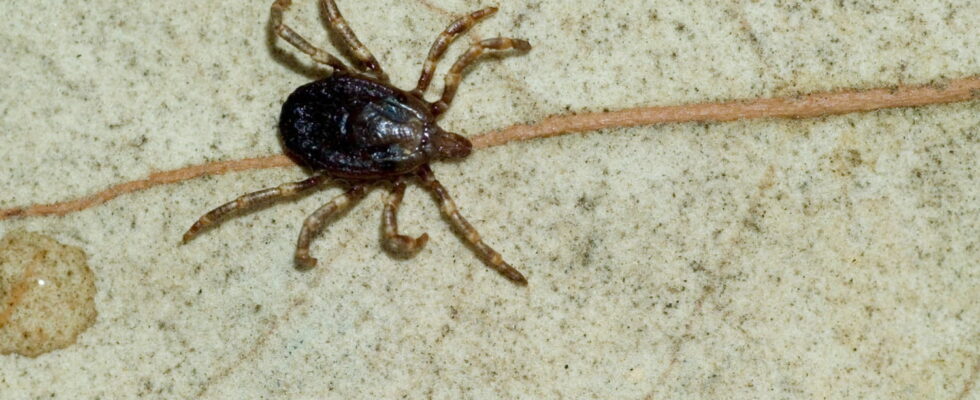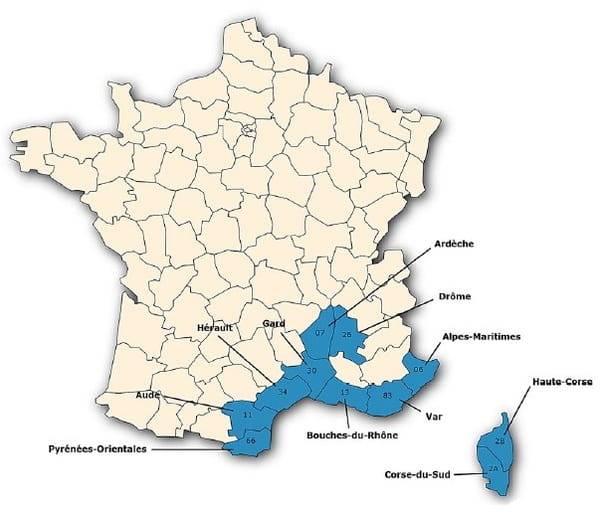This invasive species which continues to spread in France could be the nightmare of the summer.
Larger than other specimens of its family, the Hyalomma marginatum, an arachnid of the mite family, is especially recognizable by its thin red and yellow legs, on which rings are drawn at the joints. A coquetry that hides a potential danger, closely monitored by scientists. They are in fact carrying out a long and meticulous work of analysis of this parasite, known to transmit the Crimean-Congo hemorrhagic fever virus to other animal species, which in the worst case can prove fatal.
The species is endemic to Asia and regions bordering the Mediterranean, such as North Africa, the Balkans, Spain and Italy. But with global warming, this pest, which is used to dry areas, is now found in several French departments. When it was discovered in Corsica several years ago, the risk of proliferation of this species seemed low, but since then specimens have been detected as far as Ardèche and Drôme. With Haute-Corse, Corse du Sud, Aude, Hérault, Gard, Bouches-du-Rhône, Var, Alpes-Maritimes and Pyrénées-Orientales, the number of French departments in which the animal now resides has risen to 11, as reported by Public Health France.
The French departments most affected are also among the most popular with tourists. Just like the rest of the Mediterranean region, which records more than 200 million visitors per year.
However, the proliferation of Hyalomma marginatum, also called the “giant tick”, represents a health risk. “No human cases of transmission of Crimean-Congo haemorrhagic fever have been diagnosed in France to date. However, the risk of contamination has now been demonstrated because ticks infected with the virus are present in the south of France”, writes Santé Publique France.
Even if the risk of transmission of Congo fever to humans is considered low, the disease it carries is not insignificant. Congo fever, unlike Lyme disease, presents an immediate risk of infection. “CCF is an infection caused by a virus that can cause fever, chills, digestive problems and, in rare cases, serious forms with uncontrolled bleeding in humans,” specifies Public Health France, which reminds us of the right actions to take to protect yourself from tick bites.
According to the health authority, the most effective way to protect yourself from this pest is to wear closed shoes and clothing, “in light colours to better spot ticks on the fabric” and to “put your trousers into your socks”. It also recommends avoiding grassy areas, such as meadows and hiking trails, where the “giant tick” lives and hunts.
If it comes into contact with the skin, it must be removed immediately using a tick remover, then the contact area must be disinfected and kept under observation for several weeks.

